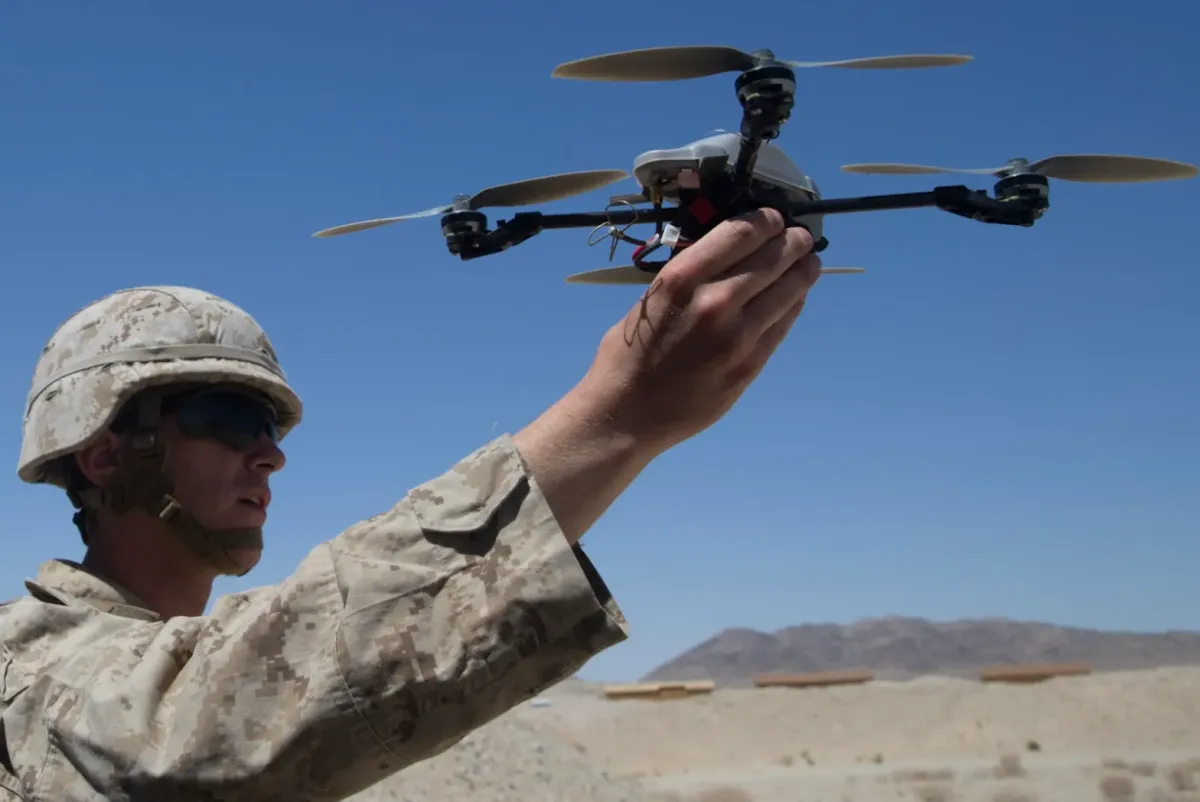U.S. Army Plans to Acquire One Million Drones, Signaling a Major Strategic Shift
The U.S. Army will buy at least one million drones in the next 2–3 years, reframing unmanned systems as expendable battlefield effects. The move aims to rebuild a domestic drone industrial base and to match lessons learned from Ukraine’s drone-intensive conflict.

WASHINGTON, D.C. – The U.S. Army is preparing to purchase at least one million drones within the next two to three years, a scale-up that could reshape both doctrine and defence industry supply chains.
Army Secretary Daniel Driscoll told Reuters the effort is intended to change how the Army treats unmanned systems — shifting them from high-value platforms to attritable, mass-produced battlefield effects. The service currently procures roughly 50,000 drones a year; under the new plan that number could expand dramatically depending on operational requirements and industrial capacity.
Lessons from Ukraine
The push follows stark lessons from the Russia-Ukraine war, where the mass use of small, inexpensive drones has become a defining feature of combat. Driscoll said Ukraine and Russia each produce about 4 million drones annually, while China likely produces significantly more, highlighting a production gap the U.S. intends to close.
The Army is focusing not only on quantity but on building domestic capacity for critical components — motors, batteries, sensors and circuit boards — much of which today is concentrated in Chinese supply chains.
Doctrine and Procurement Shifts
Officials described a broad doctrinal shift: drones should be viewed more like ammunition than bespoke platforms. The approach echoes the Pentagon’s Replicator initiative and recent policy changes that remove barriers to faster, higher-volume drone production.
Testing and countermeasures are also evolving. Picatinny Arsenal is experimenting with interception solutions such as “net rounds,” as well as electromagnetic and AI-assisted defences intended to cope with a drone-heavy battlespace.
Industrial Strategy: Distributed Production
While some lawmakers propose a single large production facility, the Army is signalling preference for distributed manufacturing across multiple suppliers — including commercial drone makers whose products serve logistics and civilian markets. The aim is a resilient industrial base that can scale rapidly in a crisis, rather than dependence on a single point of production.
Strategic Implications
If implemented at scale, the plan will change procurement priorities, spur investment across the drone supply chain, and force NATO allies to rethink force structure and counter-UAS strategies. Mass production of low-cost, networked drones would shift the balance toward high-rate attrition and rapid replenishment — a paradigm increasingly visible on modern battlefields.
Adria Defense Comment — Perspective from the Industry
This is the moment the sector has been waiting for. For years we’ve argued that national security requires an industrial-scale drone capability — not only to field new tactics, but to give the private sector the market signal needed to invest at scale.
A clear, sustained demand from the Army changes the investment calculus. Entrepreneurs and manufacturers can now justify building capacity across the whole supply chain — motors, batteries, sensors, embedded electronics and AI control systems — because the buyer is signaling it will purchase at volume.
This programme is more than procurement — it’s the start of industrial mobilisation for autonomy. It will let American companies attract the capital and talent needed to secure supply lines and to ensure our forces have overwhelming numbers in the sky, every time they deploy.
The signal is now unmistakable: build capacity, invest in resilience, and align innovation with a national program. That’s how you turn procurement into deterrence.





